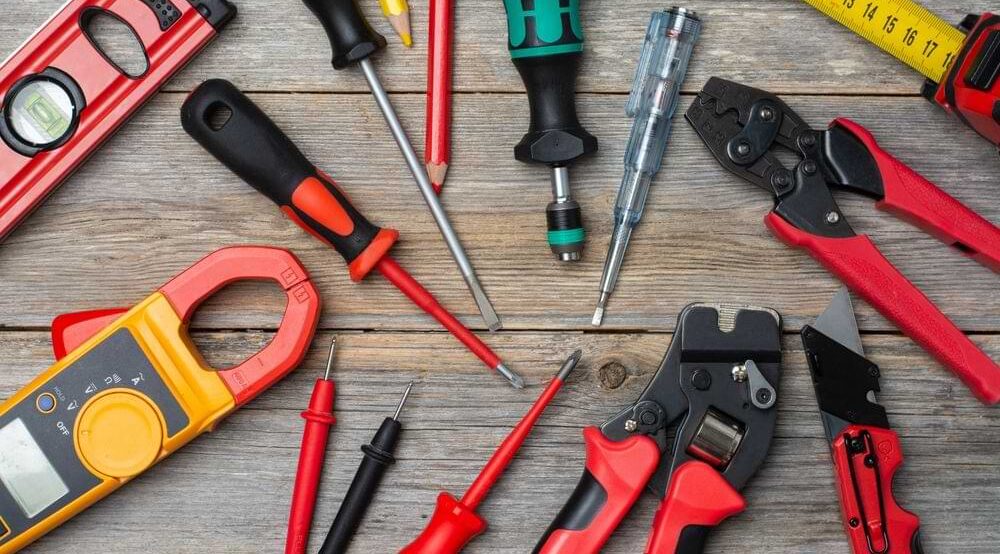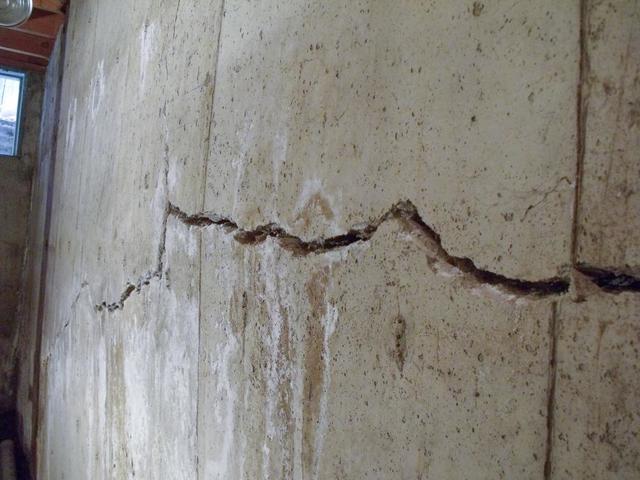Basement wall cracks can be more than just an unsightly nuisance; they can signal deeper structural issues that, if left unattended, may escalate into costly repairs. Whether youre a seasoned DIY enthusiast or a novice homeowner, understanding how to diagnose and fix these cracks is essential for maintaining your homes integrity.
In this step-by-step guide, we’ll delve into the art of repairing basement wall cracks, providing you with straightforward techniques paired with expert insights. From identifying the type of crack to selecting the appropriate materials and tools, we’ll equip you with everything you need to approach this task like a pro.
So roll up your sleeves and prepare to transform your basement from a source of stress into a secure, dry space!
Necessary Tools and Materials

To effectively tackle the task of repairing basement wall cracks, you’ll need a well-stocked arsenal of tools and materials. First and foremost, a quality chisel and hammer will help you widen the crack, ensuring a clean surface for repair.
Next, a wire brush and vacuum will aid in removing any loose debris and dust, paving the way for adhesion. You’ll also want to have hydraulic cement or a crack filler designed specifically for masonry repairs at your disposal—these materials expand as they cure, creating a watertight seal.
A mixing container and trowel are essential for preparing your repair material, while a putty knife can aid in smoothing the application. Finally, dont forget safety gear; gloves, goggles, and a dust mask will protect you as you work.
Equip yourself with these essential tools, and youll be well on your way to restoring those basement walls like a true pro.
Personal Protective Equipment (PPE)

When embarking on the task of repairing basement wall cracks, safeguarding your health and safety should be a top priority. Personal Protective Equipment (PPE) is not just a suggestion—it’s an essential line of defense against potential hazards.
Start with sturdy work gloves to protect your hands from sharp edges and abrasive materials. A quality dust mask is crucial to shield your lungs from fine particles generated during the repair process; respirators are even better if youre dealing with mold or strong chemicals.
Furthermore, ensure your eyes are shielded with safety goggles to prevent dust and debris from causing injury. Lastly, consider wearing knee pads, especially if youre crouched for extended periods, to avoid joint strain.
By outfitting yourself with the right PPE, you not only enhance your safety but also elevate your confidence to tackle those cracks like a true professional.
Step-by-Step Repair Process

The process of repairing basement wall cracks involves a series of strategic steps to ensure a lasting fix. First, begin by thoroughly inspecting the cracks, noting their size and shape, which will guide your repair method—whether its a minor fissure or a more significant structural issue.
Next, clean the area around the crack, removing any loose debris or flaking paint; this ensures that your repair material adheres properly. Once the space is prepped, mix your chosen filler—such as epoxy or hydraulic cement—according to the manufacturer’s instructions.
Apply the filler carefully, filling the crack completely; it’s crucial to press it in firmly to eliminate air pockets. After allowing the material to cure, smooth the surface with a trowel and finish with a coat of waterproof sealant, which protects against future moisture issues.
Finally, assess your work and make any necessary touch-ups, ensuring your basement walls remain strong and dry for years to come.
Conclusion
In conclusion, repairing basement wall cracks doesnt have to be a daunting task if you follow the right steps and equip yourself with the necessary tools and knowledge. By identifying the type and cause of the crack, preparing your workspace, and applying the appropriate repair techniques, you can effectively restore the integrity of your walls and prevent further damage.
Remember, maintaining the health of your basement is crucial for the overall safety and value of your home. For a deeper understanding of various repair methods and additional tips, be sure to read more on home maintenance and improvement strategies. With these insights, you’ll be well on your way to becoming a pro at handling basement repairs.


